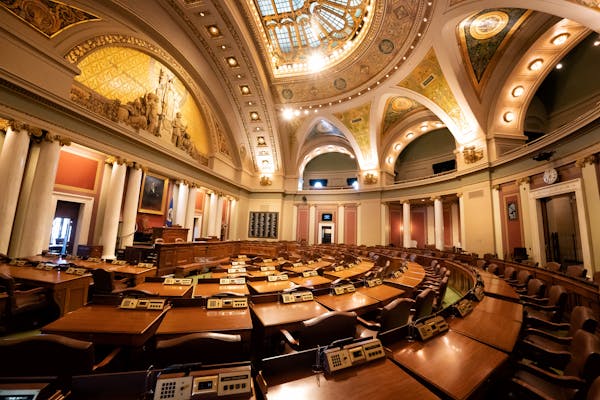Minnesota's divided Legislature is — once again — at an impasse over the state's redistricting maps as a Feb. 15 deadline approaches.
Barring some 11th-hour deal, that means a panel of judges will release the new legislative and congressional boundaries in Minnesota that will apply for the next decade to come.
Here are four things to watch when the maps drop on Tuesday:
The fate of two swing districts in Congress
Minnesota's First and Second Congressional Districts have featured the most competitive races in recent years. Democrats want a more suburban Second District that's friendlier for the party, while Republicans hope to maintain large rural swaths of the southern First District for an edge in elections.
Incumbent matchups
It's inevitable: New district lines will pair some incumbent legislators in the same district. That could make or break a few careers in the Legislature, where residency is required to run for office.
Metro area growth
The explosion of growth in the suburbs could mean the addition of new metro-area legislative seats. With close margins in the House and Senate, the new districts could decide the battle over control of the Legislature.
Communities of color
Minnesota's growth over the last decade was driven largely by communities of color, who are hopeful the new maps could increase their power at the polls and representation in politics.
With 2024 presidential contest looming, Georgia governor signs new election changes into law

Stormy Daniels describes meeting Trump during occasionally graphic testimony in hush money trial

